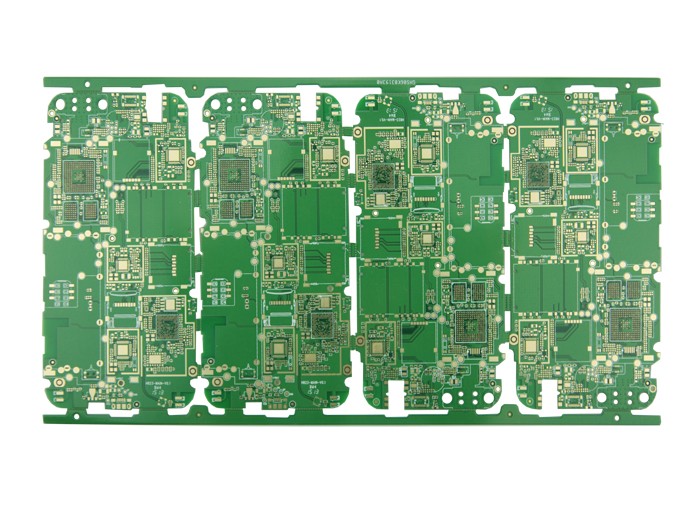It is often seen that many beginners are tossing on the resistance when repairing the circuit board, and it is dismantled and welded. In fact, there are a lot of repairs. As long as you understand the damage characteristics of the resistance, you don't have to spend a lot of time.

Resistor is the most numerous component in electrical equipment, but it is not the component with the highest damage rate. Open circuit is the most common type of resistance damage. It is rare for the resistance to become larger, and it is rare for the resistance to become smaller. Common ones include carbon film resistors, metal film resistors, wire wound resistors and insurance resistors. The first two types of resistors are the most widely used. One of the characteristics of their damage is that the damage rate of low resistance (below 100Ω) and high resistance (above 100kΩ) is higher, and the middle resistance value (such as hundreds of ohms to tens of kiloohms) Very little damage; second, when low-resistance resistors are damaged, they are often burnt and blackened, which is easy to find, while high-resistance resistors are rarely damaged. Wirewound resistors are generally used for high current limiting, and the resistance is not large. When cylindrical wire wound resistors are burnt, some will turn black or the surface will burst or crack, and some will have no traces. Cement resistors are a type of wire wound resistors, which may break when burned out, otherwise there will be no visible traces. When the fuse resistor burns out, a piece of skin will be exploded on the surface, and some have no traces, but it will never be burnt or blackened. According to the above characteristics, you can focus on checking the resistance and quickly find out the damaged resistance.
According to the characteristics listed above, you can first observe whether the low-resistance resistors on the circuit board have any traces of burning black, and then according to the characteristics that most of the resistors are open or the resistance becomes larger and the high-resistance resistors are easily damaged. You can use a multimeter to directly measure the resistance at both ends of the high-resistance resistor on the circuit board. If the measured resistance is larger than the nominal resistance, the resistance must be damaged (note that the resistance value is stable before drawing a conclusion. Because it is possible to connect capacitive elements in parallel in the circuit, there is a charging and discharging process), if the measured resistance is smaller than the nominal resistance, it is generally ignored. In this way, every resistance on the PCB board is measured once, even if one thousand is "wrongly killed", one will not be missed.
The above is an introduction to the characteristics and discrimination of resistance damage. Ipcb is also provided to PCB manufacturers and PCB manufacturing technology.